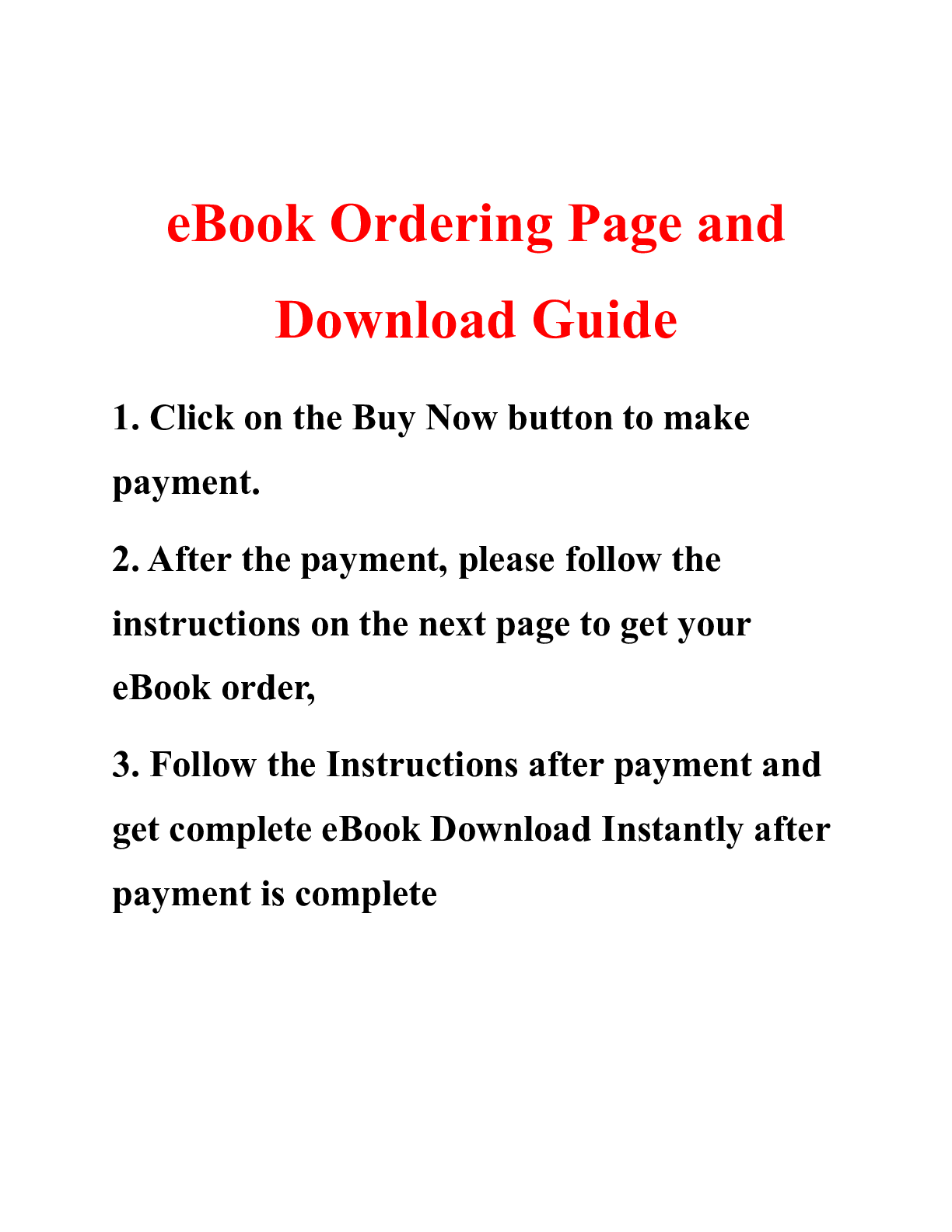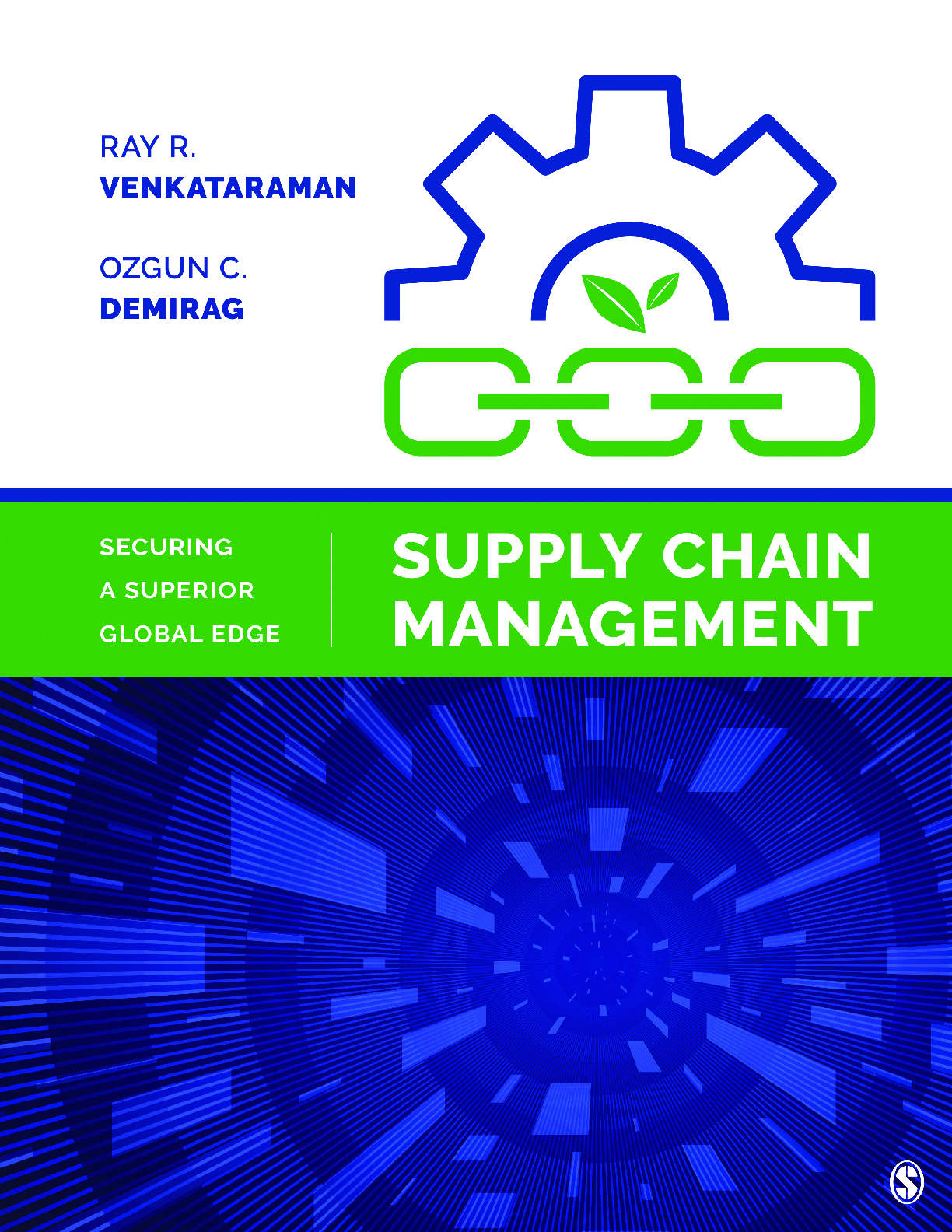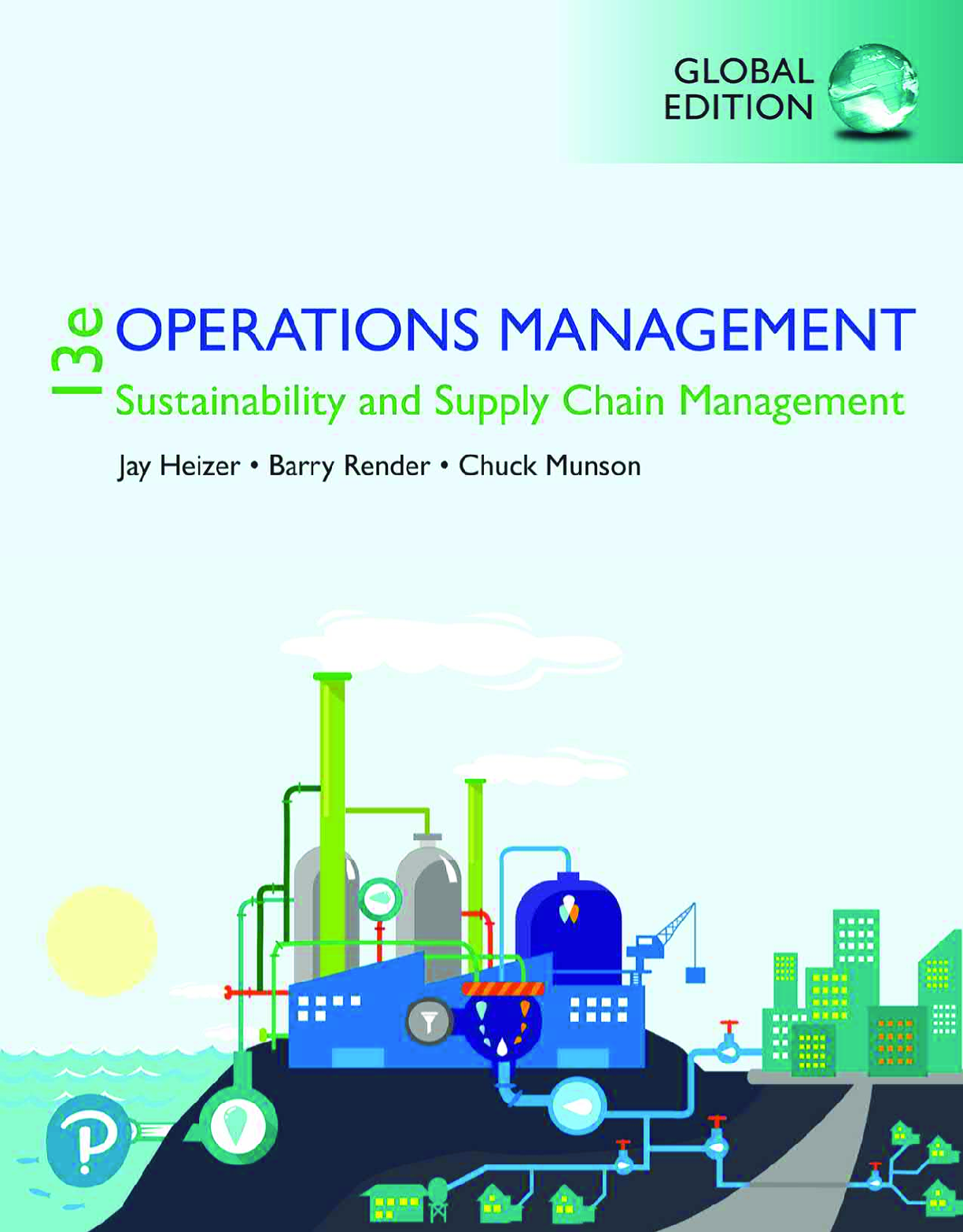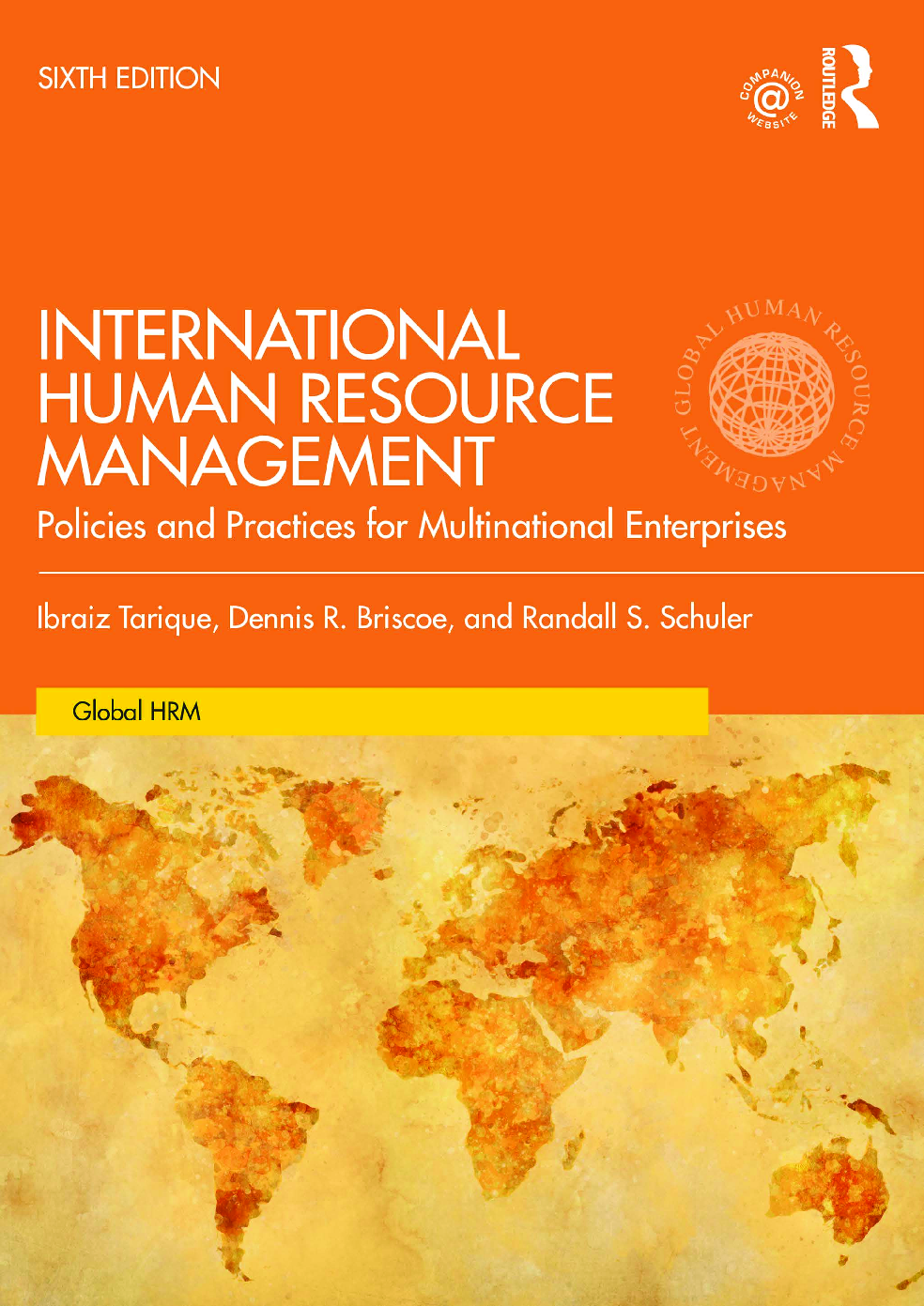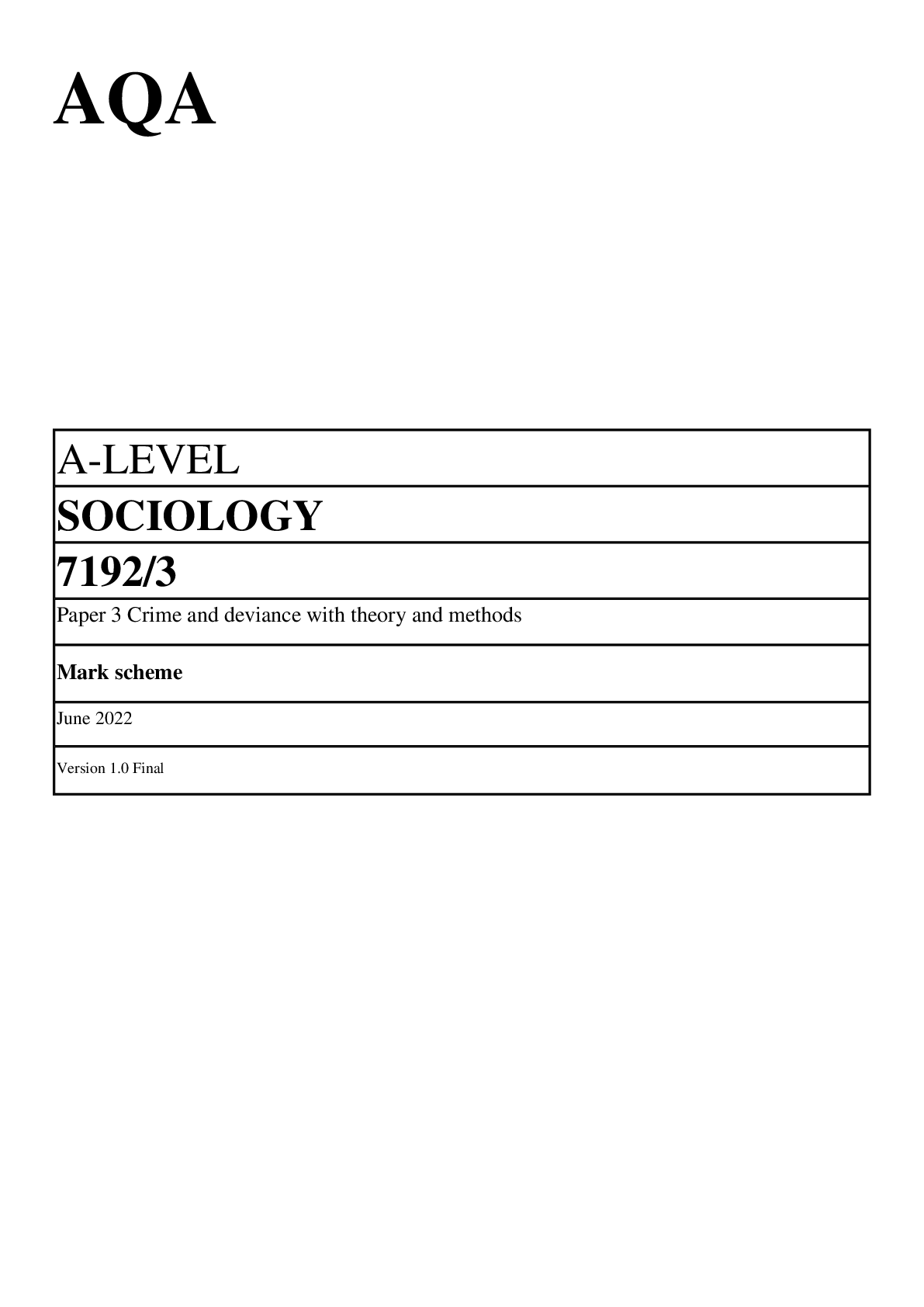
AQA A-LEVEL SOCIOLOGY 7192/3 JUNE 2022 FINAL MARK SCHEME >Crime and deviance with theory and methods
$ 17
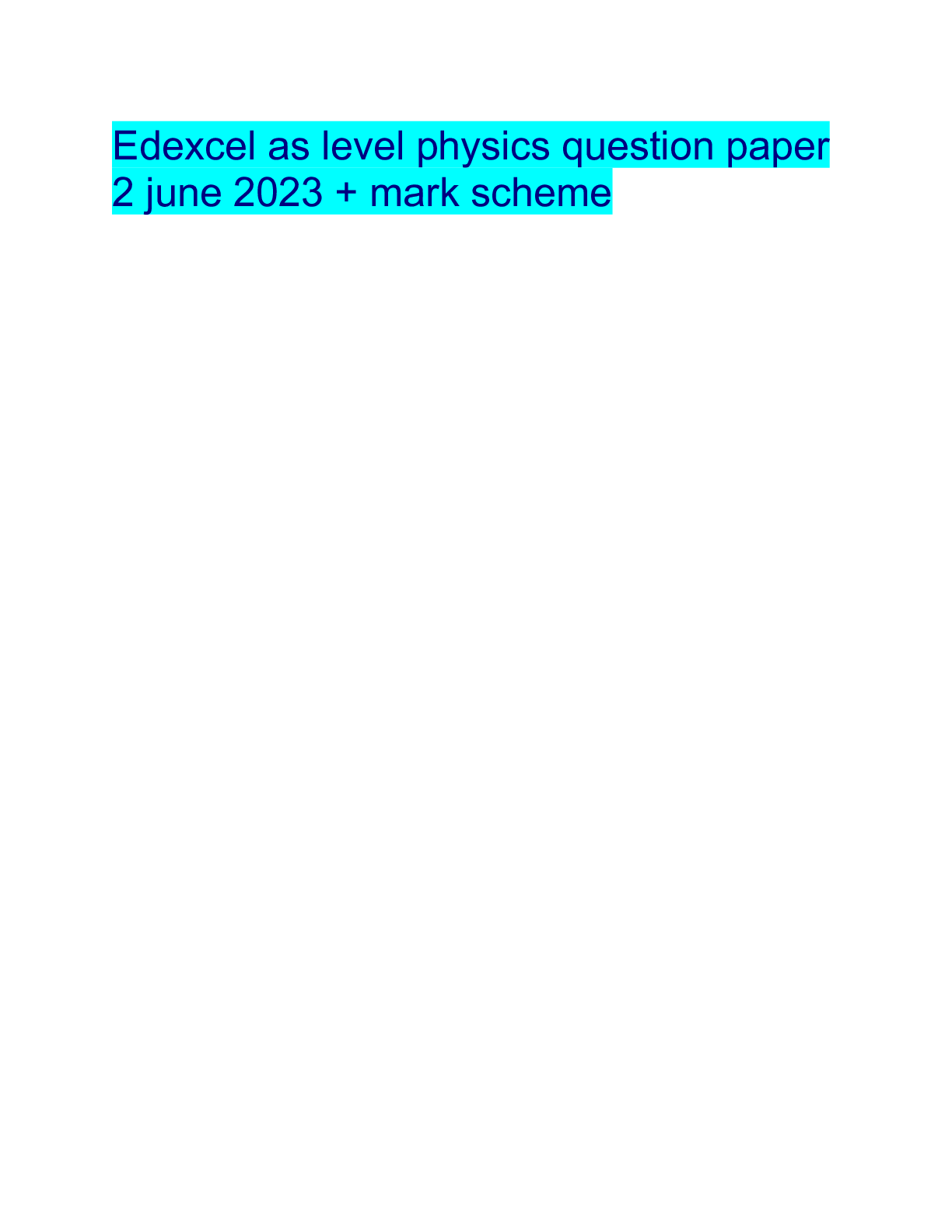
Edexcel as level physics question paper 2 june 2023 + mark scheme
$ 8
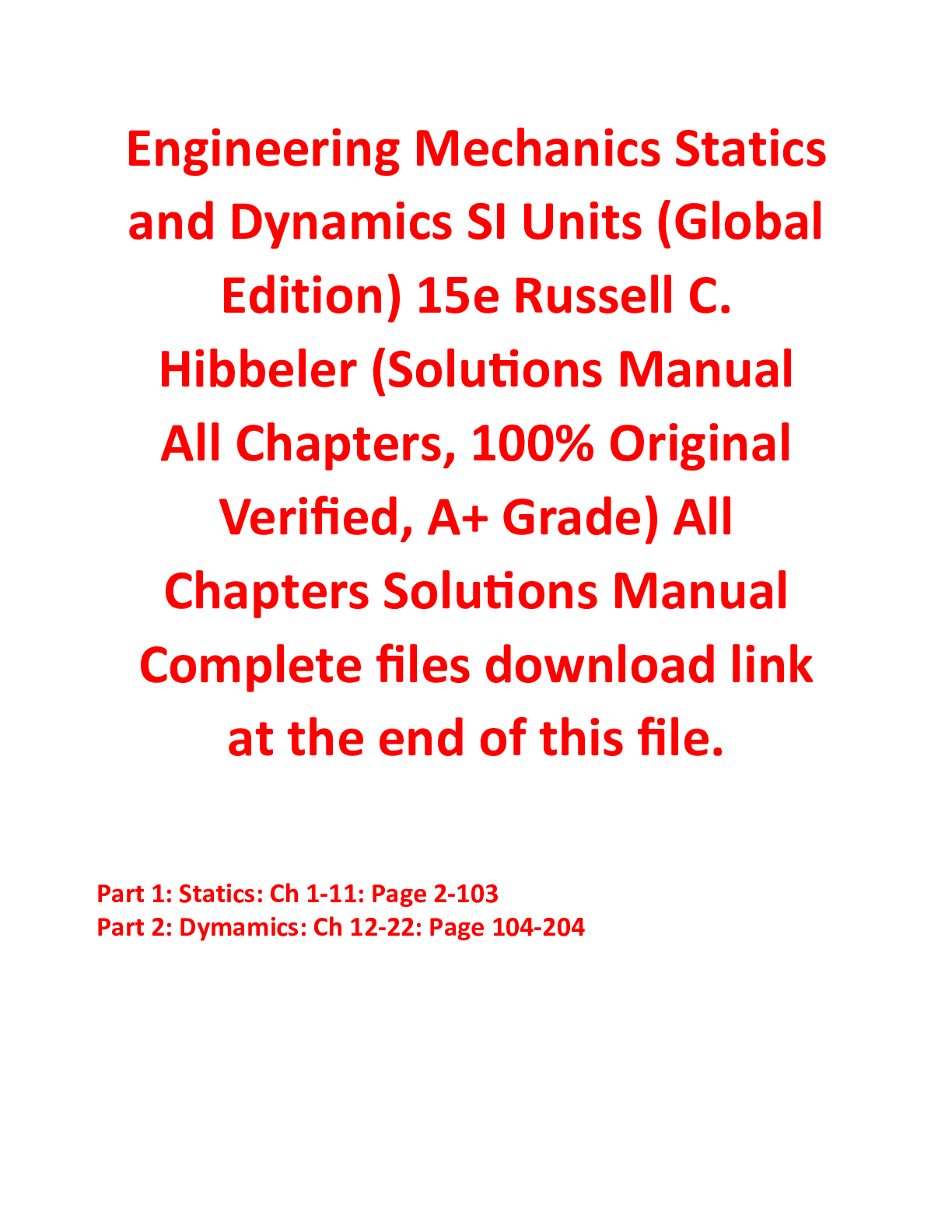
Solutions Manual For Engineering Mechanics Statics and Dynamics SI Units 15th Edition (Global Edition) By Russell C. Hibbeler (All Chapters, 100% Original Verified, A+ Grade)
$ 25
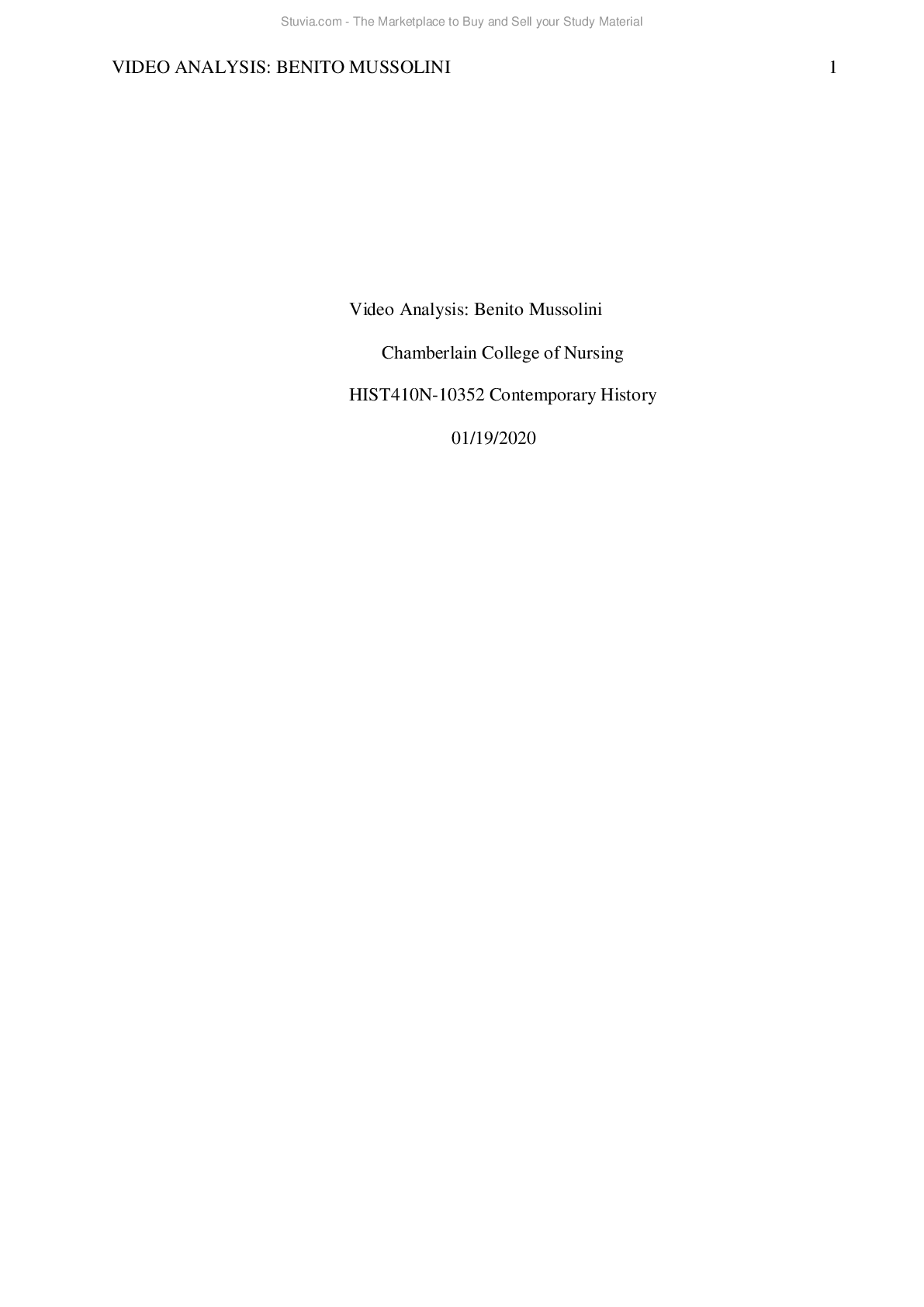
HIST 410N Week 2 Assignment: Essay – Video Analysis | Video Analysis: Benito Mussolini
$ 7
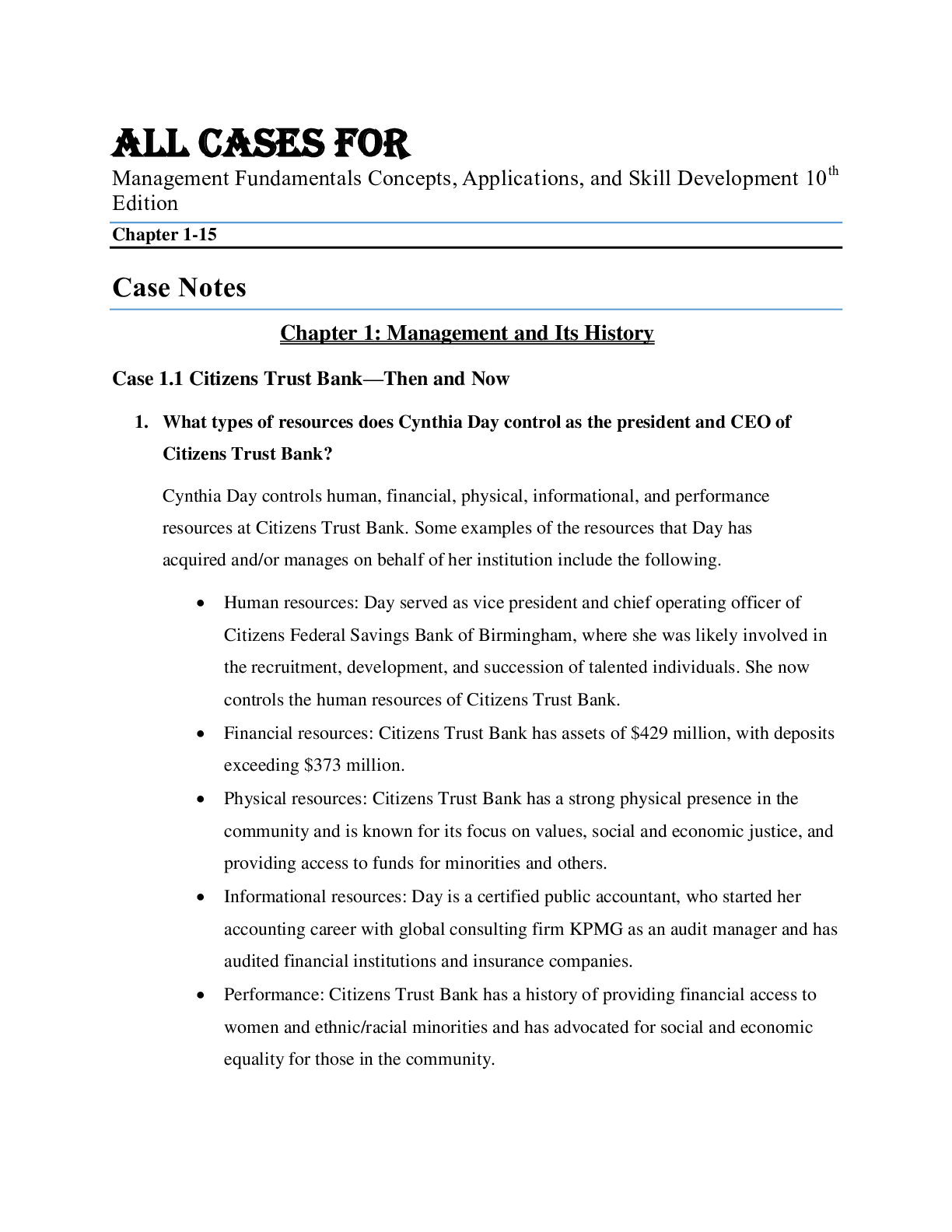
CASE SOLUTIONS For Management Fundamentals Concepts, Applications, and Skill Development 10th Edition by
$ 19

Nicole Diaz-PTSD Shadow Health (LATEST )
$ 12

Pearson Edexcel AS Level 3 GCE (8PH0/02) Physics Advanced Subsidiary paper 2:Core Physics II Question paper+mark scheme Wednesday 22 may 2024
$ 7

AQA A LEVEL PHYSICS PAPER 1 MARK SCHEME 2020/COMPLETE SOLUTION
$ 14
.png)
Sterile Processing 5th Edition/ Chapters 1/10 Already Passed
$ 15

Solution Manual For Auditing & Assurance Services A Systematic Approach 12e Messier
$ 15
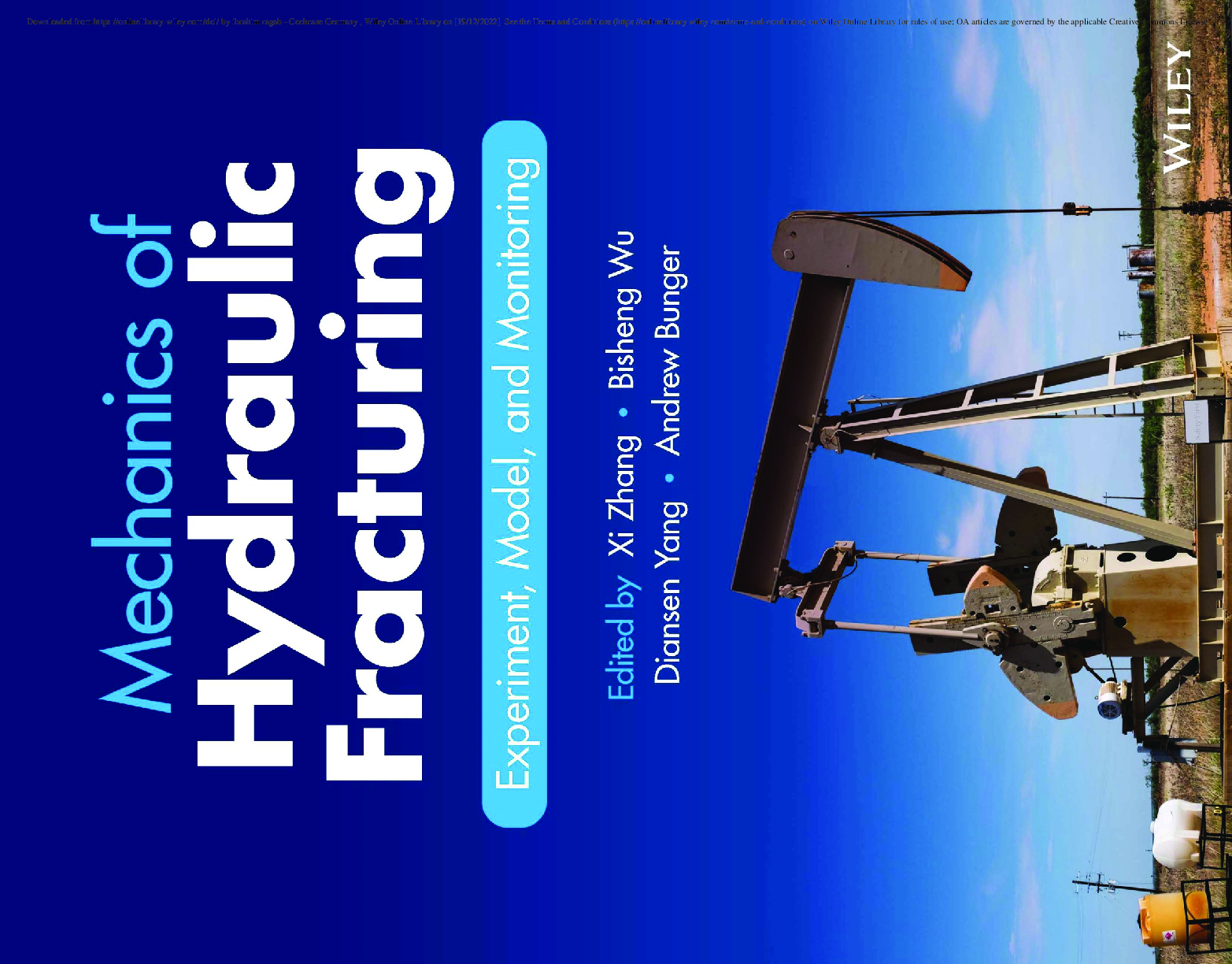
[eBook] [PDF[ Mechanics of Hydraulic Fracturing Experiment, Model, and Monitoring 1st Edition By Bisheng Wu, Diansen Yang, Xi Zhang, Andrew Bunger
$ 30
.png)
ACC 557 Quantitative Methods Week 1 Q&A | Strayer University, Washington
$ 7
.png)
CIS 321 Week 5 Quiz. 100% CORRECT SOLUTIONS | Download To Score An A.
$ 15.5

AQA A-level DESIGN AND TECHNOLOGY: PRODUCT DESIGN 7552/2 Paper 2 Designing and Making Principles Question Paper + Mark scheme [MERGED] June 2022
$ 10
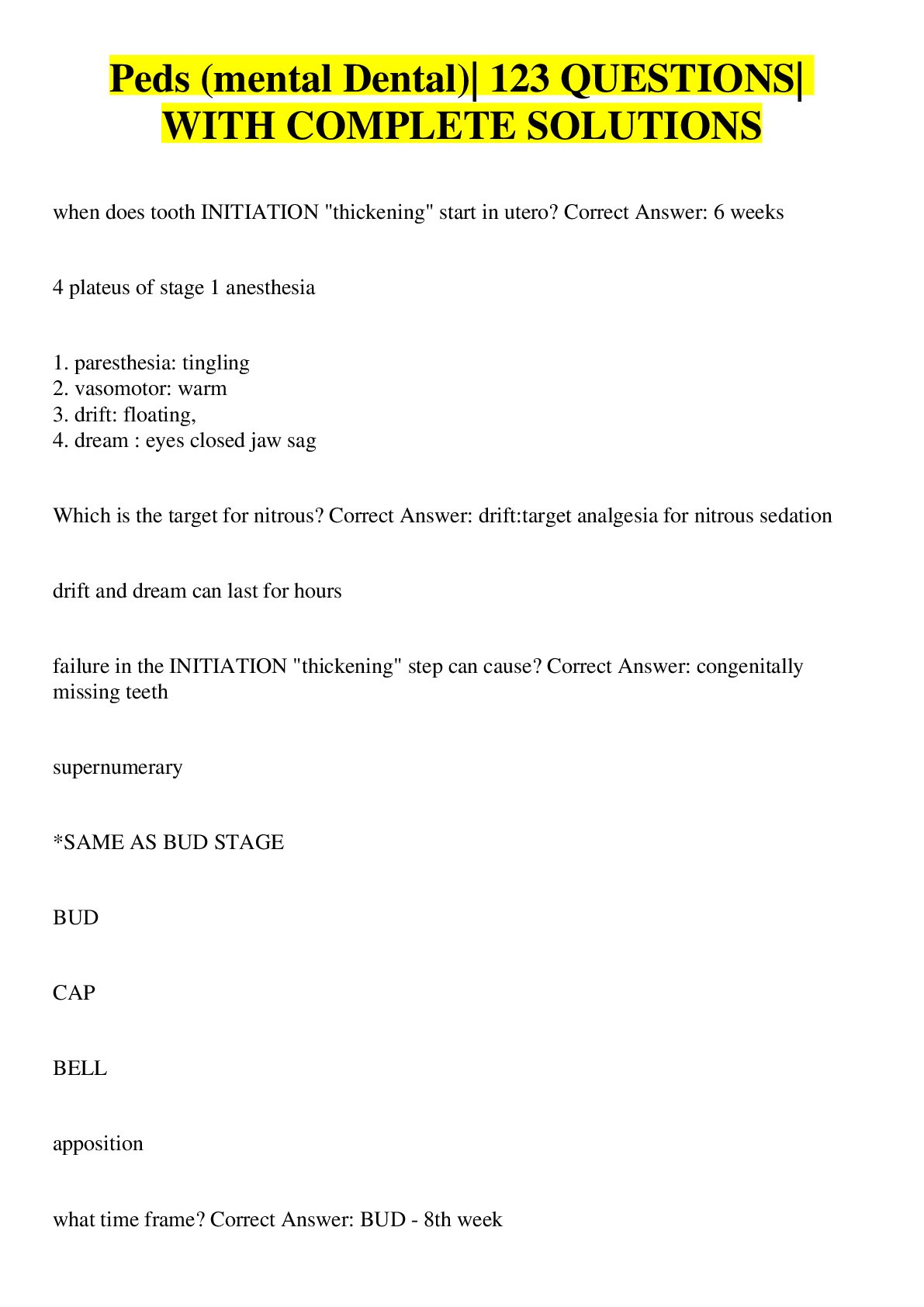
Peds- ATI Practice Exam A, questions and answers. Graded A
$ 9
 (1).png)
ACQ 202 Module 3 Part 2 Test( Questions And Answers) With Complete Solution./Top score
$ 14

SSD4 Module 1 Test Questions and Answers SSD4 Module 1 Test Questions and Answers- United States Military University 2022.
$ 9

SHRM CP - 2022 | 50 Questions with 100% Correct Answers & Rationale
$ 10
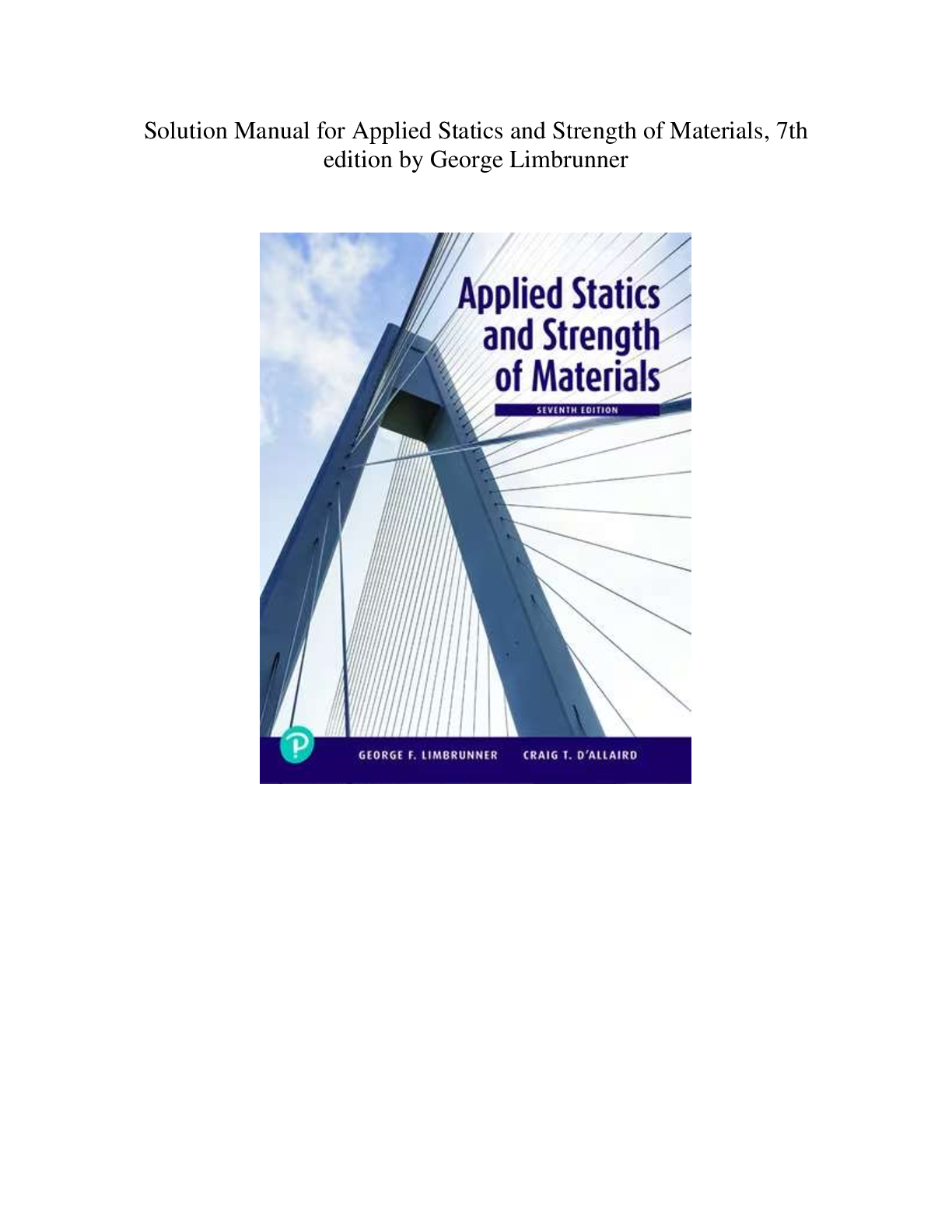
Solution Manual for Applied Statics and Strength of Materials, 7th edition by George Limbrunner
$ 25.5

AQA_A Level Physics Paper 1_Question paper 2022 | Practice Paper 1
$ 7.5
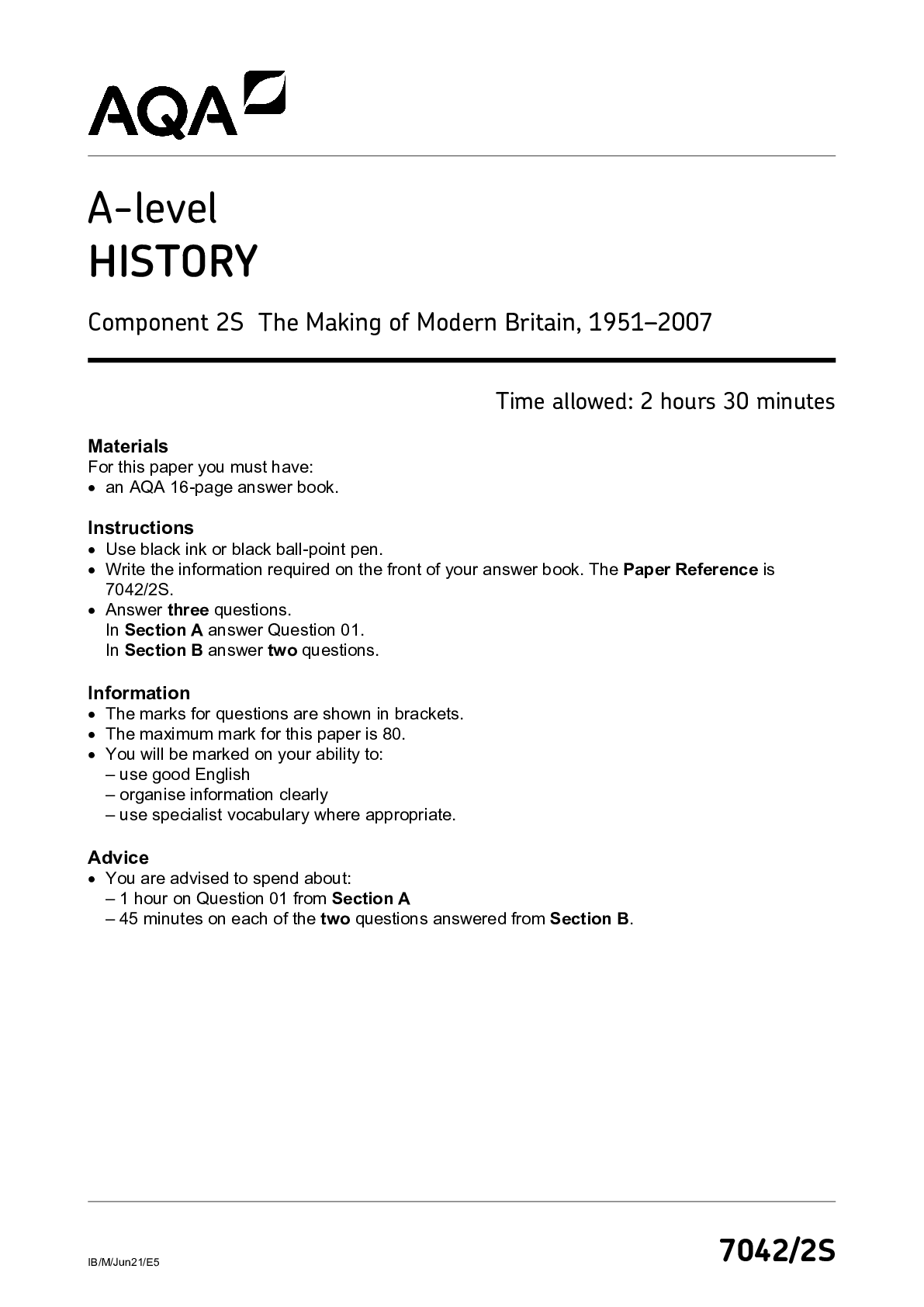
AQA A-level HISTORY 7042 Component 2S The Making of Modern Britain, 1951–2007 June 2021, QP.
$ 5
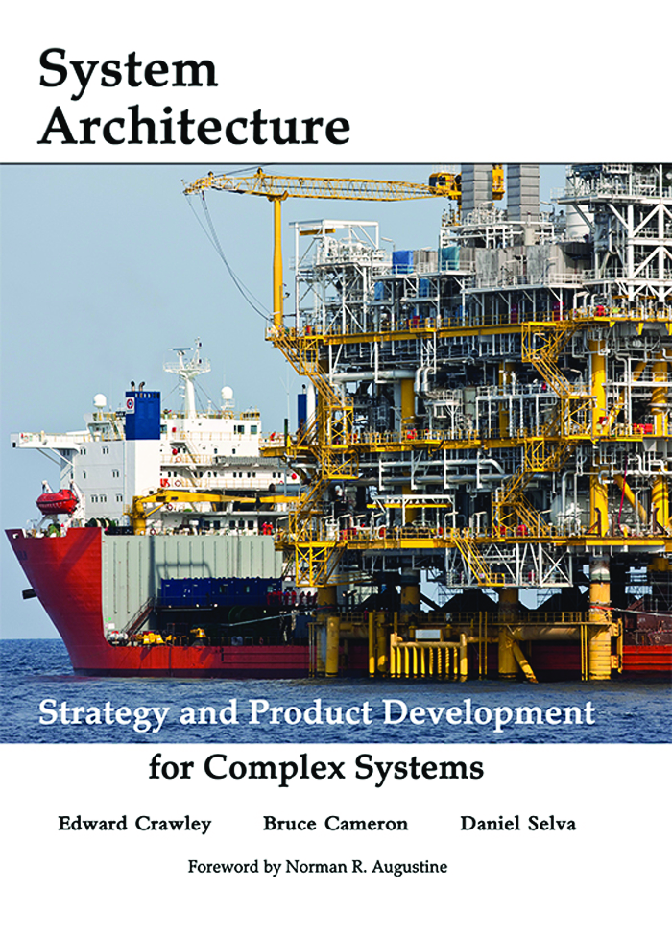
[eTextBook] [PDF] Systems Architecture Strategy and Product Development for Complex Systems 1st Edition By Edward Crawley, Bruce Cameron, Daniel Selva
$ 29
.png)
Sterile Processing CBSPD Test Questions and Answers Already Passed
$ 15
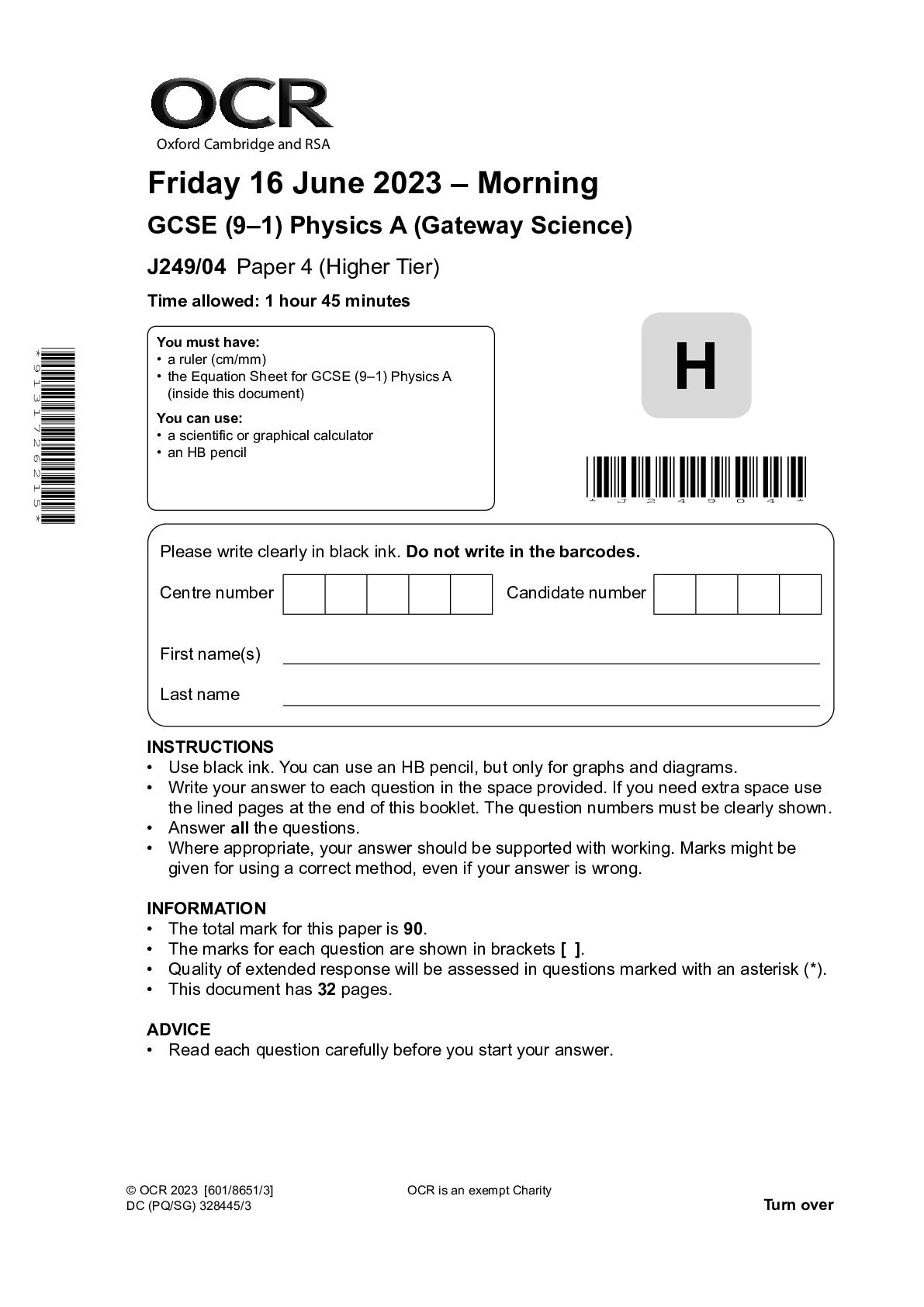
GCSE (9–1) Physics A (Gateway Science) J249/04 Paper 4 (Higher Tier) June 2023 QP
$ 4

SP’20– THUR Section-EAQ for Elsevier Adaptive Quizzing for Medical-Surgical Nursing-Classic, 10th Ed
$ 9

AQA AS COMPUTER SCIENCE 7516/1 MARK SCHEME JUNE 2020
$ 6

ATI TEAS 7 ENGLISH AND LANGUAGE USAGE LATEST EXAM 2022-2023(WITH ANSWER KEY)
$ 17
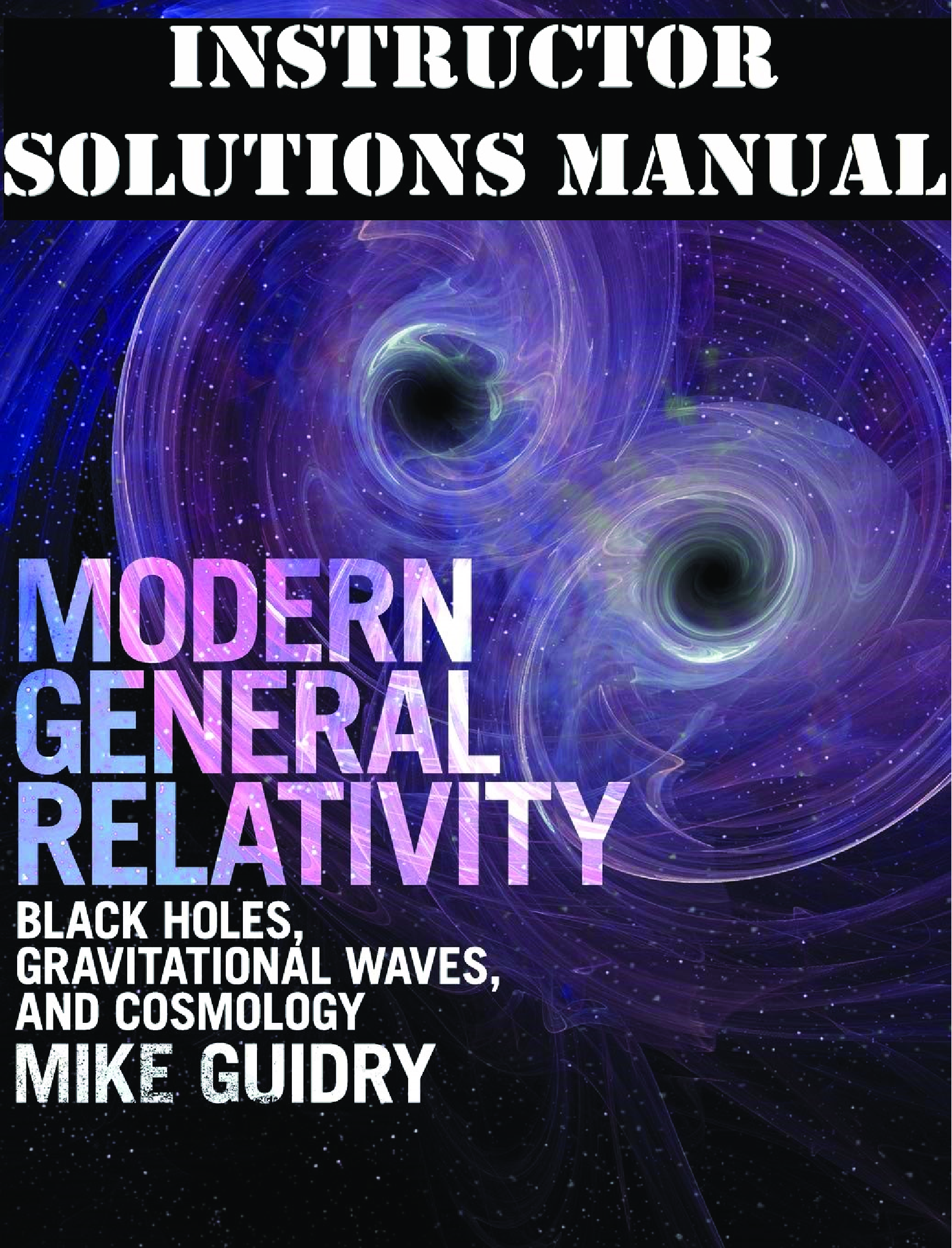
Modern General Relativity: Black Holes, Gravitational Waves, and Cosmology 1st Edition by Mike Guidry | INSTRUCTOR Solutions Manual
$ 20

MN 502 Unit 1 Quiz - Question and Answers | COMPLETE ANSWERS
$ 10

CPI/Problems with consumer price index (CPI) with Verified Answers,100% CORRECT
$ 6

Case Study Assignment #7 “The Scheduling Dilemma”
$ 9

CHP Exam #1, Top Questions with accurate answers, 100% Accurate, rated A+
$ 9
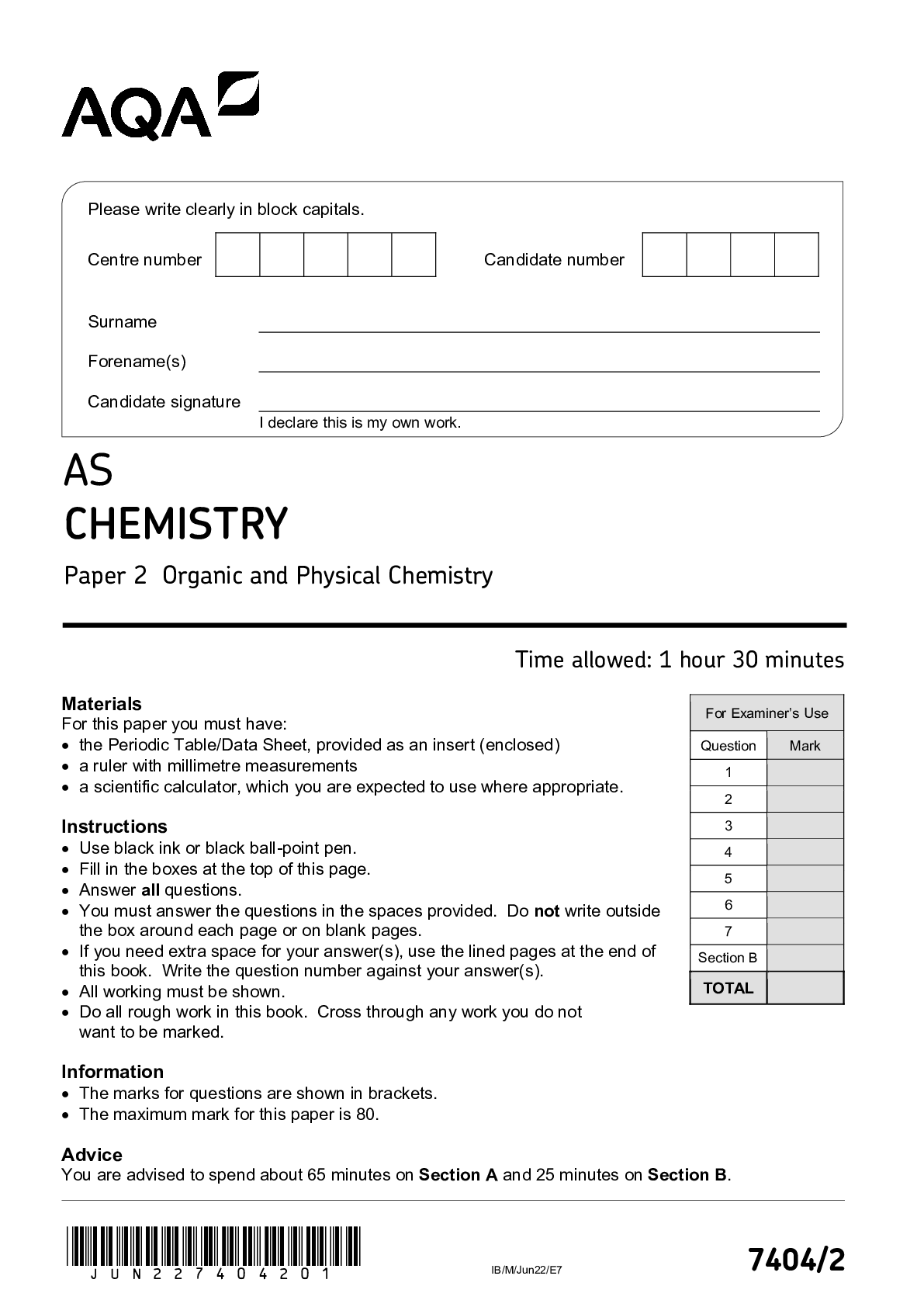
AQA AS Level June 2022 Chemistry Question Paper 2
$ 3
.png)
PSYC8S16 Homework Assignment
$ 7
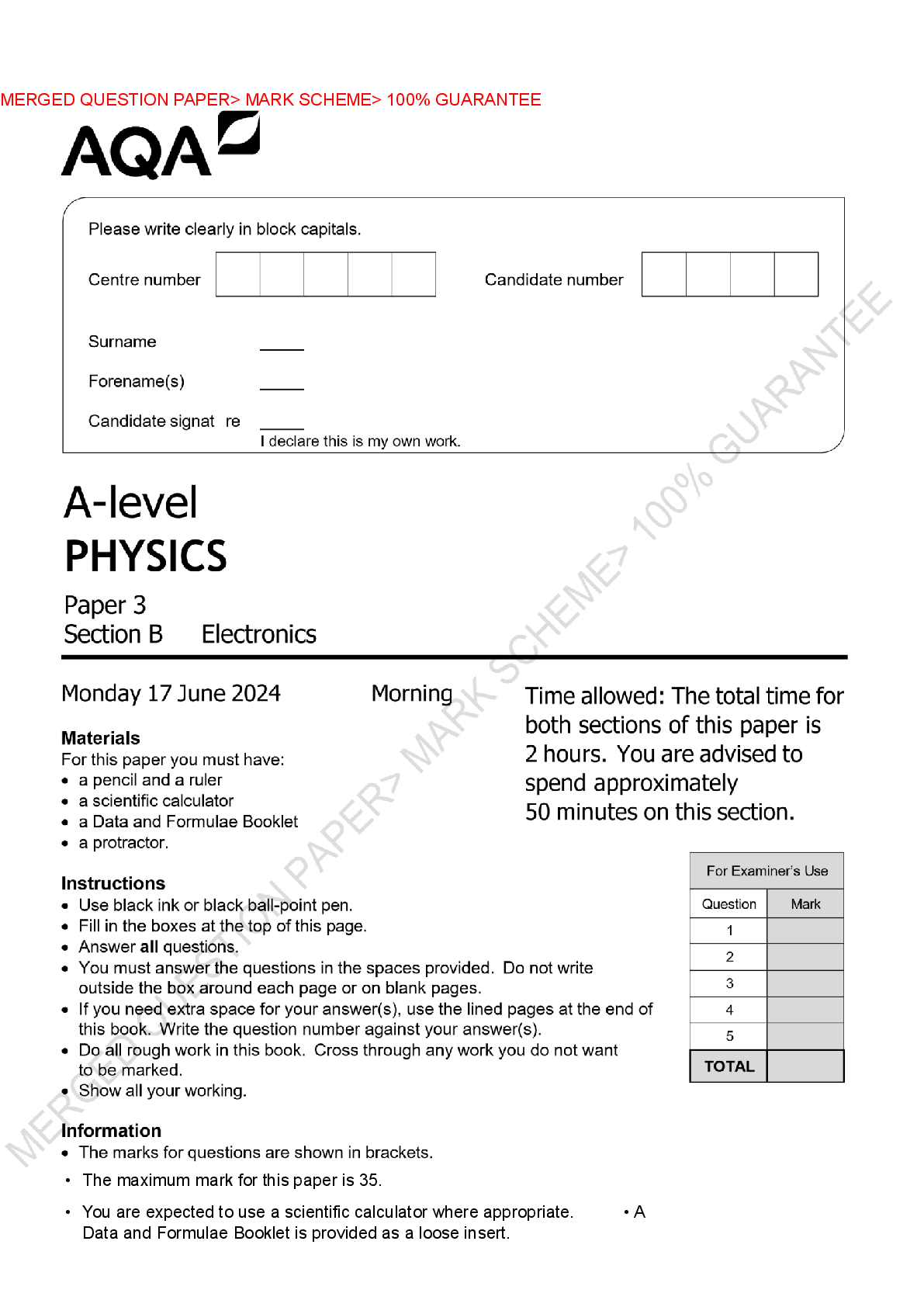
A-level PHYSICS Paper 3 June MERGED QUESTION PAPER- MARK SCHEME- 100% GUARANTEE
$ 15

CPSC 425 Winter 2012 Quiz 3 Solutions - University of British Columbia CPSC 425
$ 3
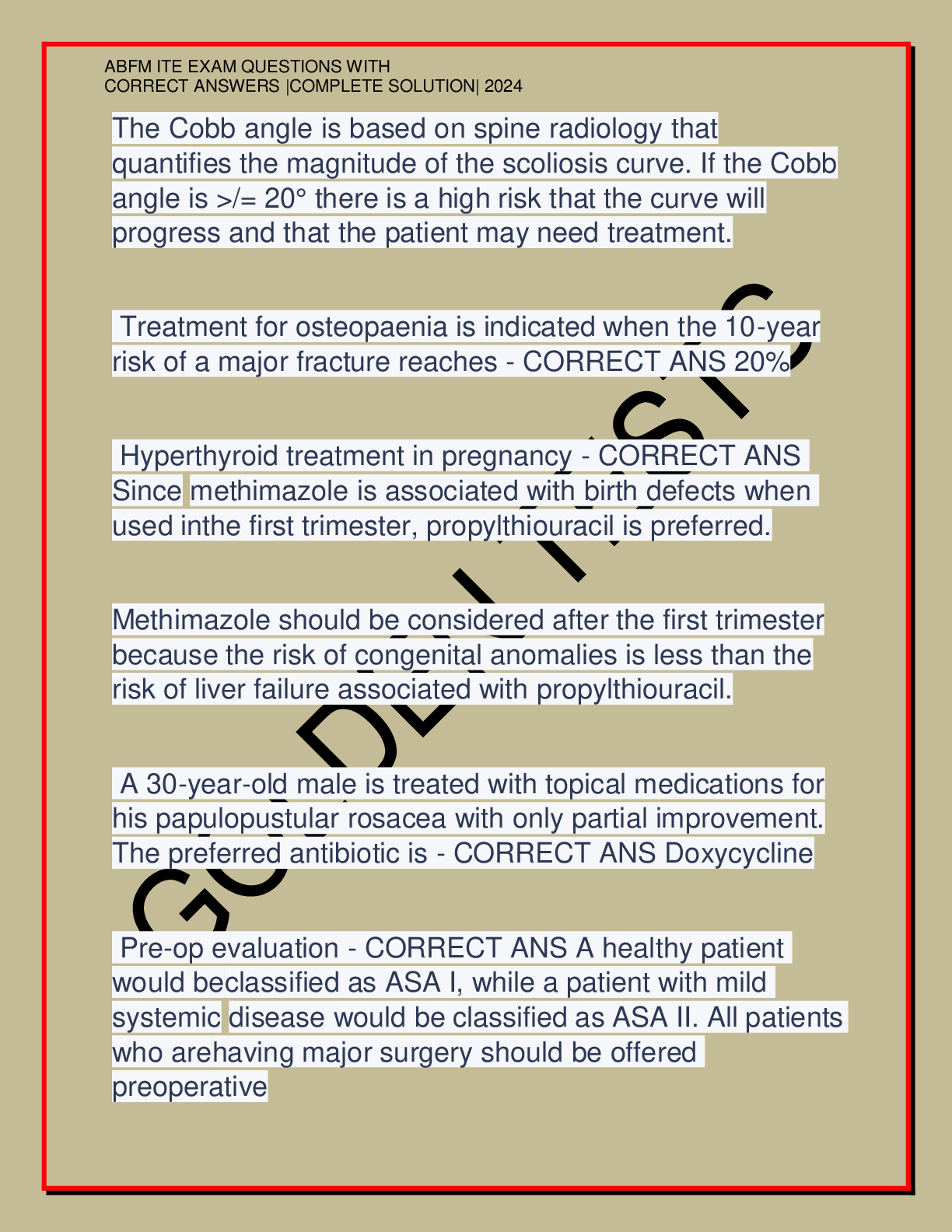
ABFM ITE EXAM QUESTIONS WITH CORRECT ANSWERS |COMPLETE SOLUTION| 2024
$ 8
.png)
Military Munitions Rule Awareness Training Course Already Passed
$ 10
.png)
AAAe ACE Ops Module 2 Questions and Answers Graded A
$ 10.5
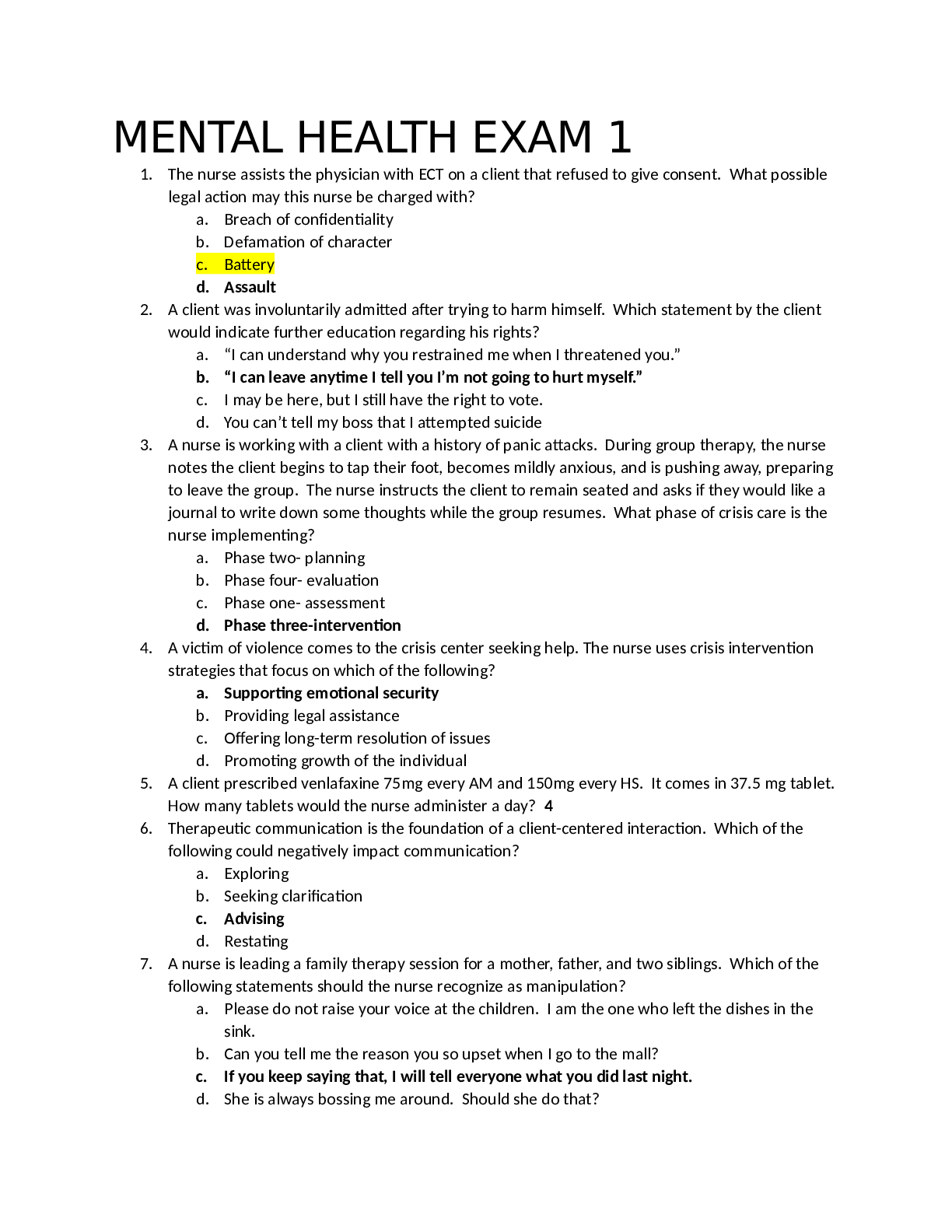
MENTAL HEALTH EXAM 1 2023/2024 CONCEPT GUIDE FOR MENTAL HEALTH QUESTIONS WITH CORRECT AND VERIFIED ANSWERS
$ 10
.png)
TEAS 170 questions & answers Overview; Math,Science, Reading ,English and Language Usage
$ 12
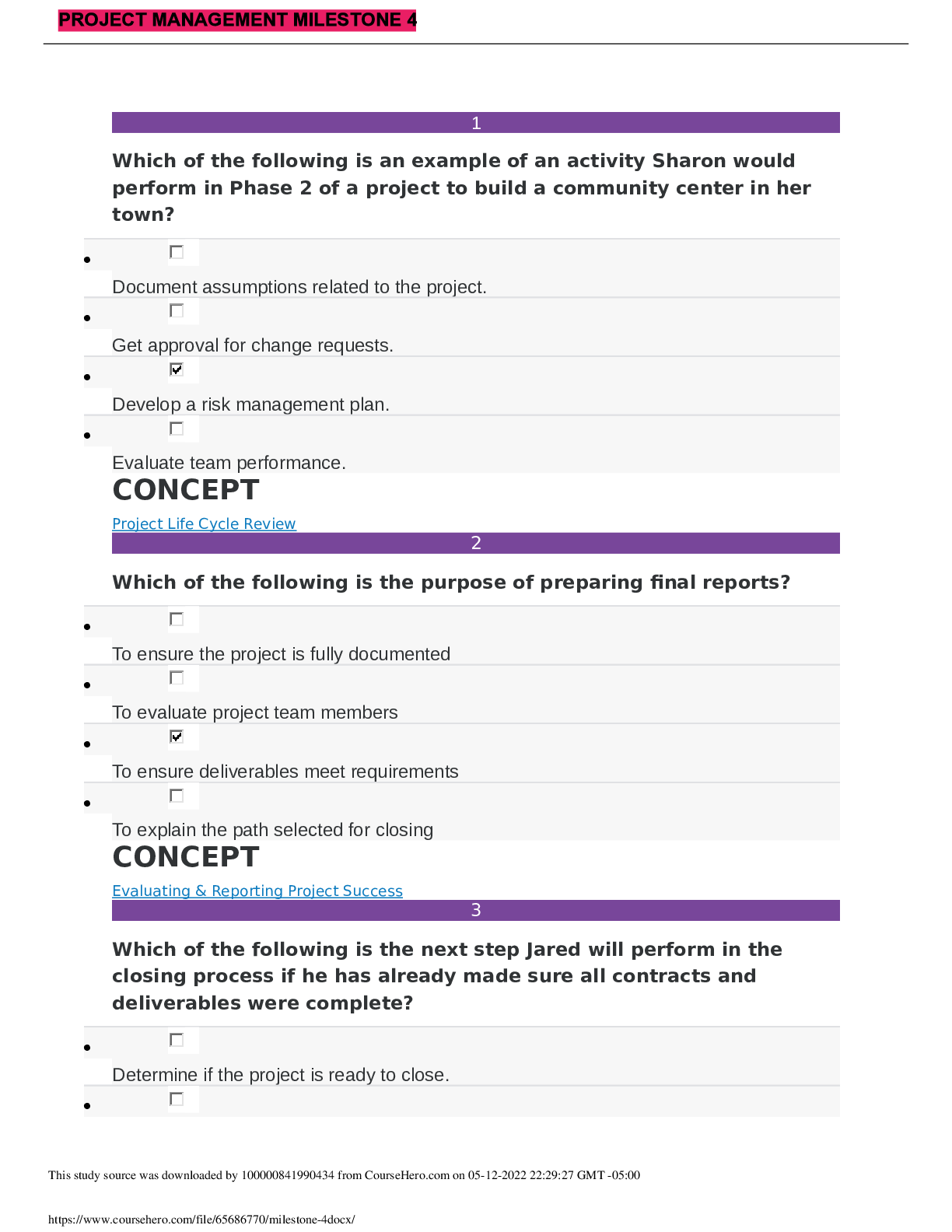
milestone 4.docx. computer 121. questions with Rationale answers. sofia milestone. graded A+
$ 7

Tools For Data Science Questions & Answers
$ 10
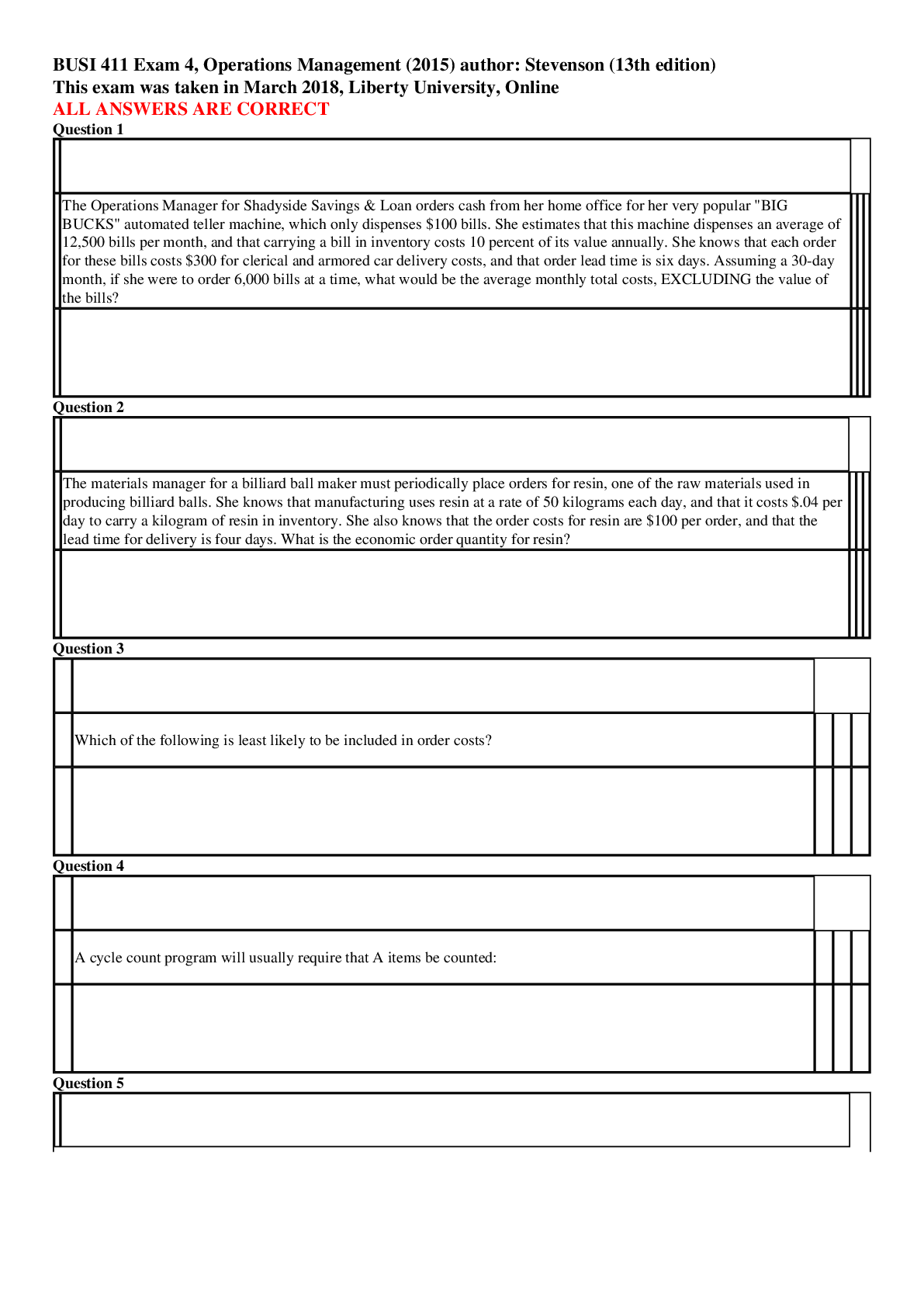
[Solved] Liberty University BUSI 411 exam 4 Operations Management complete solutions
$ 10
.png)
CIS 321 Week 8 Final Exam (MCQs & Essays plus GRADED A Questions) | 100% CORRECT Solutions.
$ 16
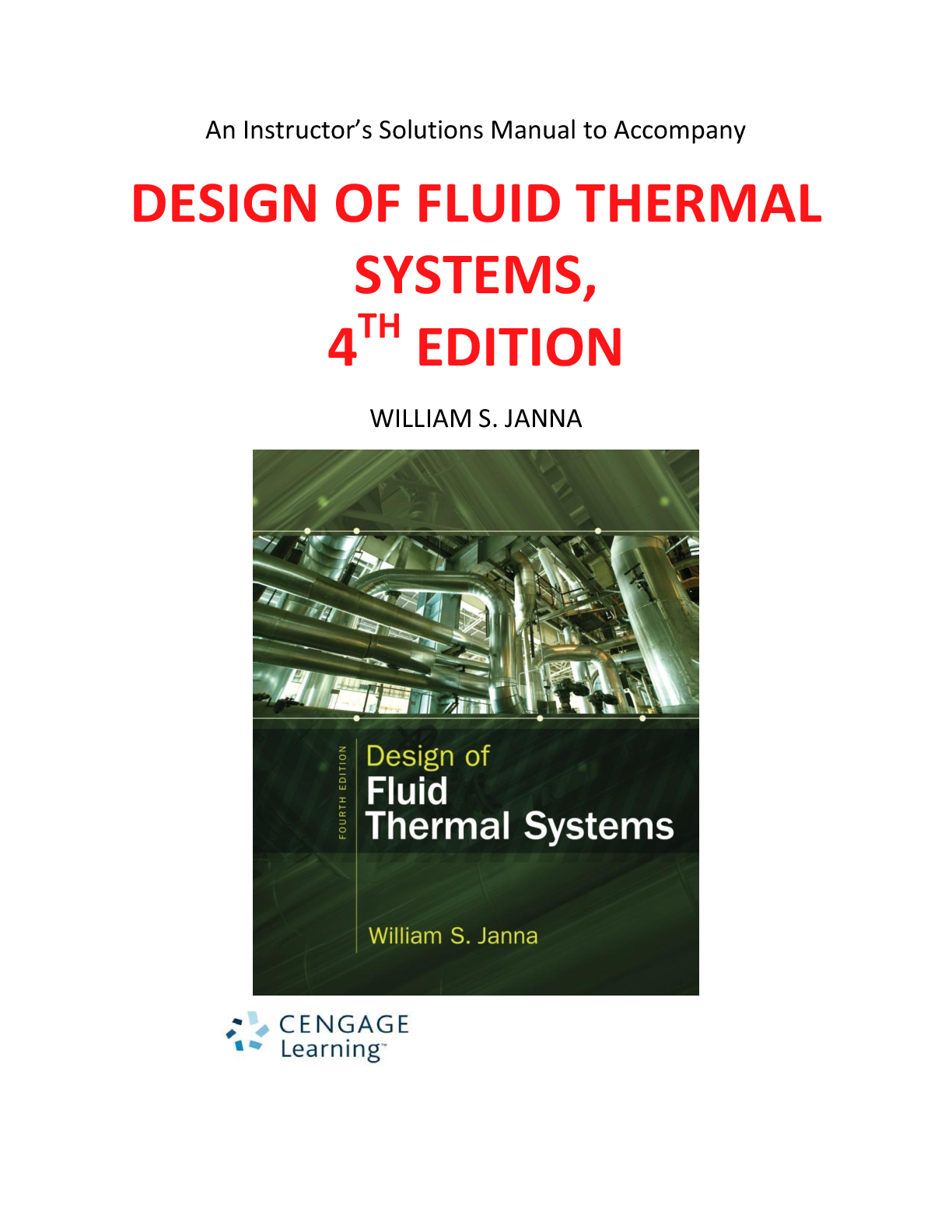
📄 Instructor’s Solutions Manual – Design of Fluid Thermal Systems (4th Edition) by William S. Janna
$ 28.5
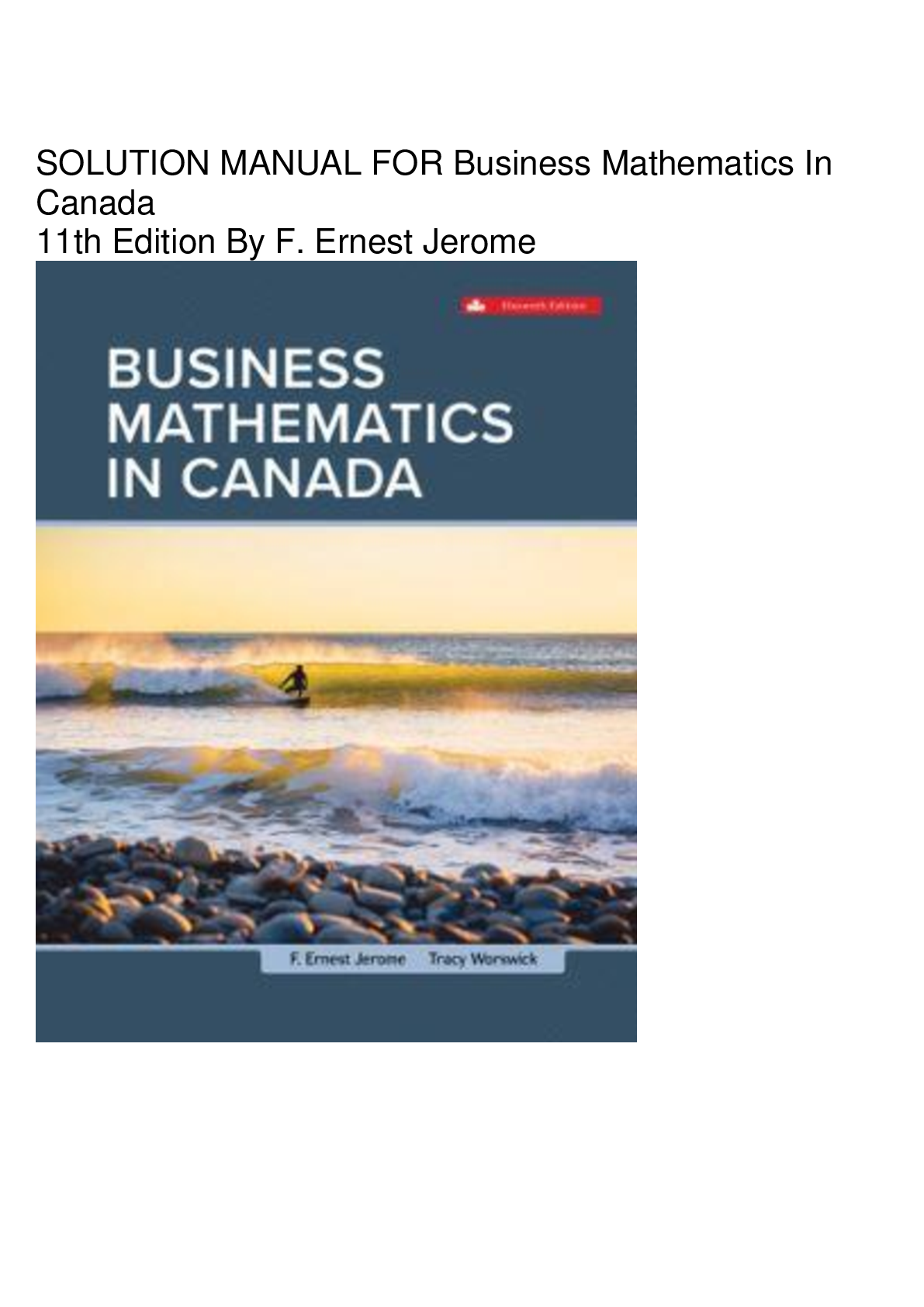
SOLUTION MANUAL FOR Business Mathematics In Canada 11th Edition By F. Ernest Jerome
$ 24
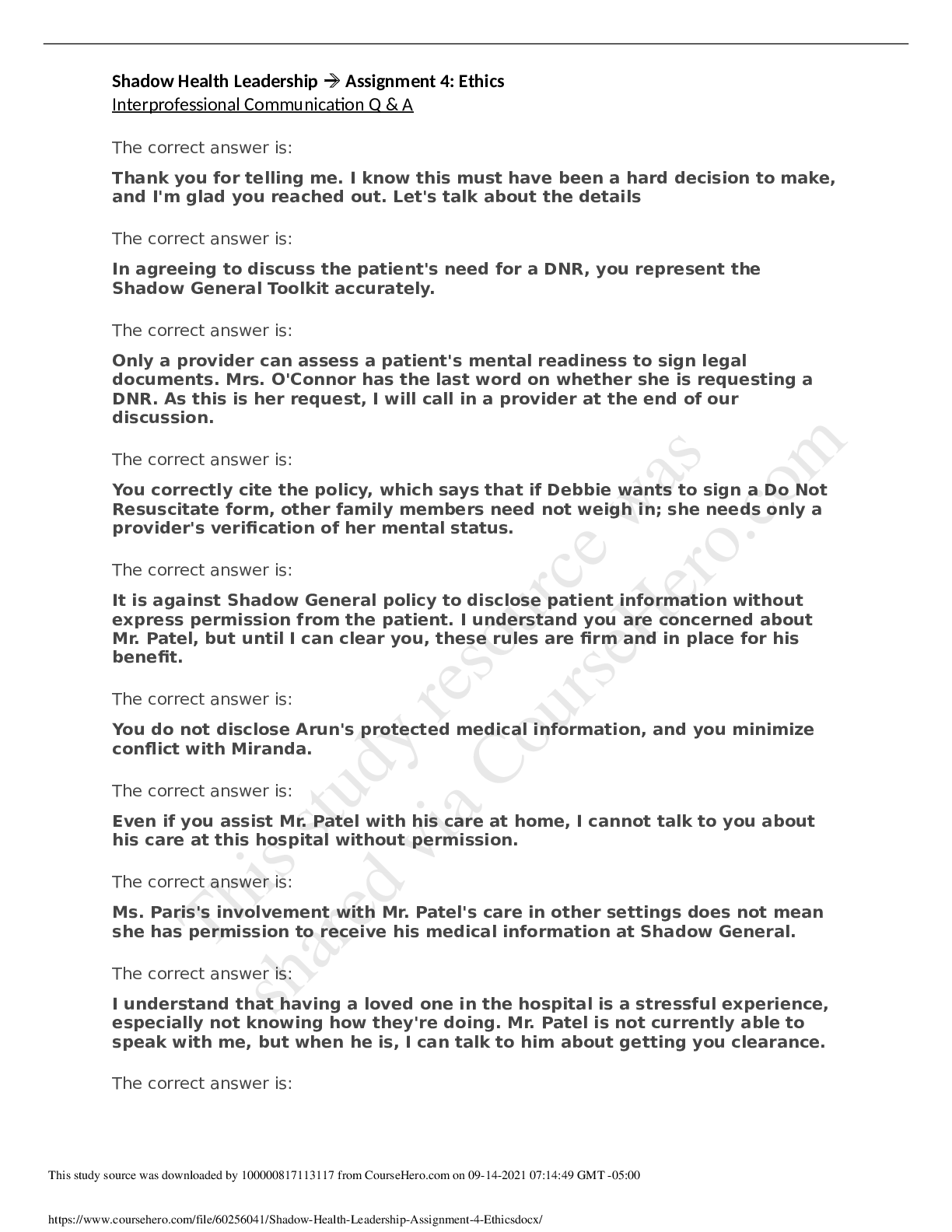
Shadow Health Leadership Assignment 4 Ethics.
$ 7
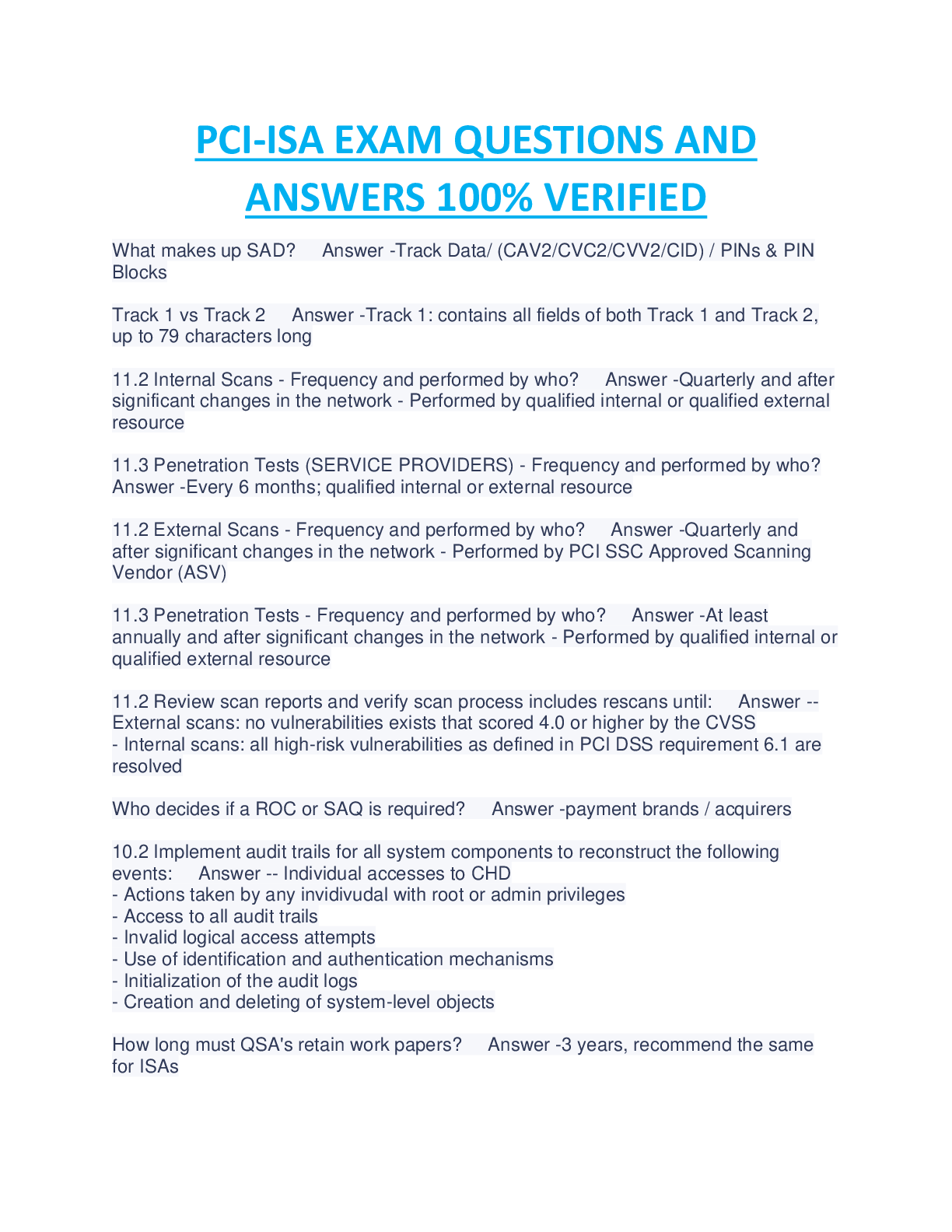
PCI-ISA EXAM QUESTIONS AND ANSWERS 100% VERIFIED.
$ 12
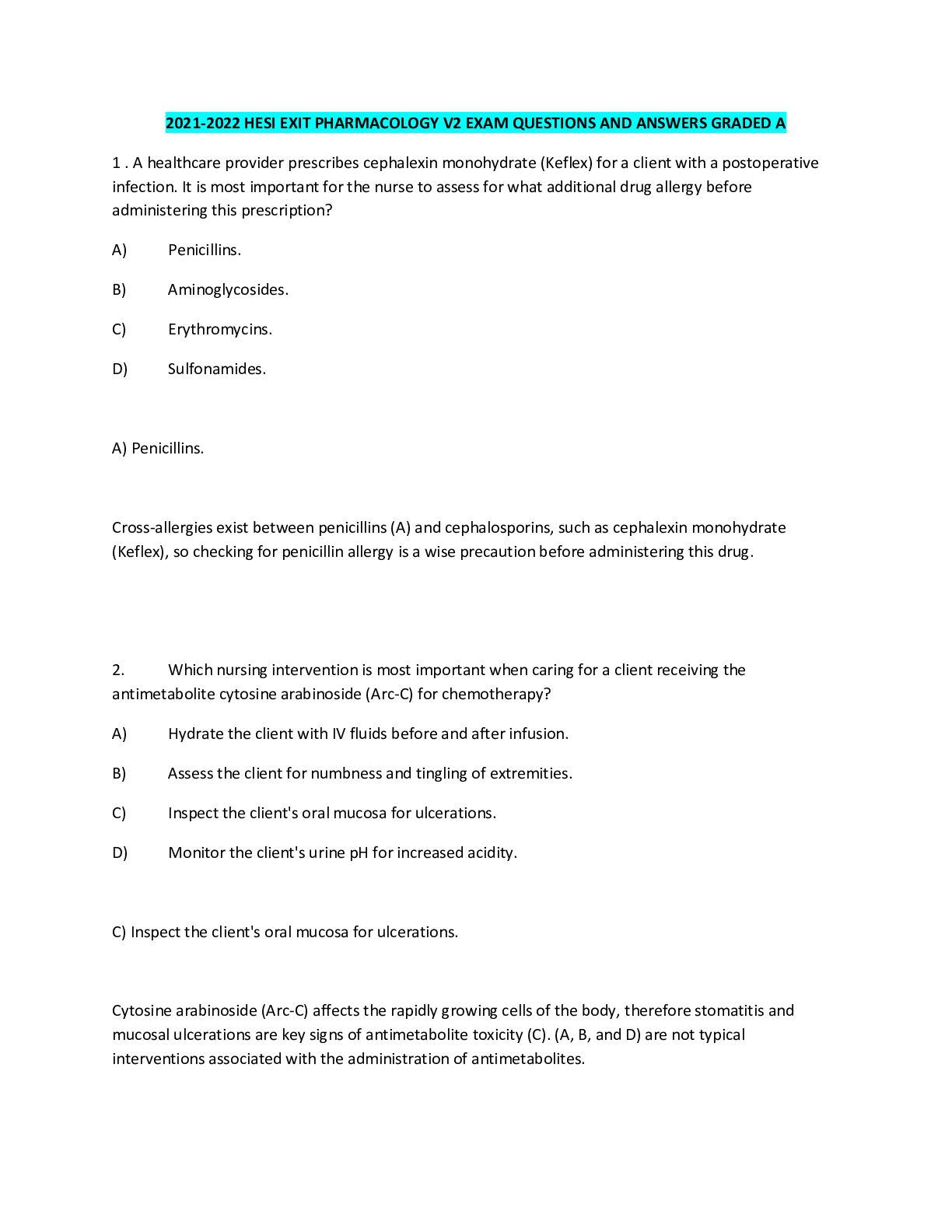
2021-2022 HESI EXIT PHARMACOLOGY V1-V2 EXAM QUESTIONS AND ANSWERS GRADED A
$ 18
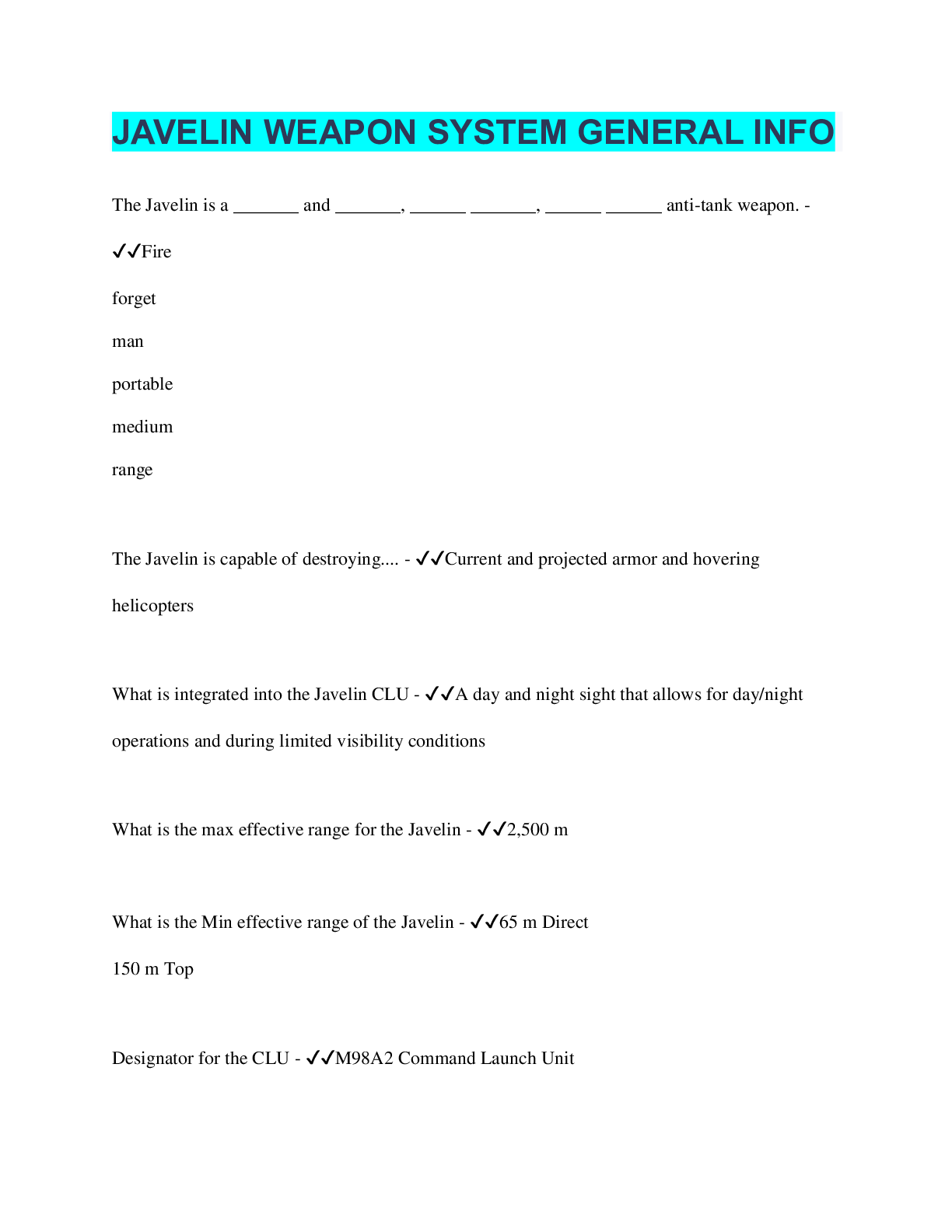
JAVELIN WEAPON SYSTEM GENERAL INFO



